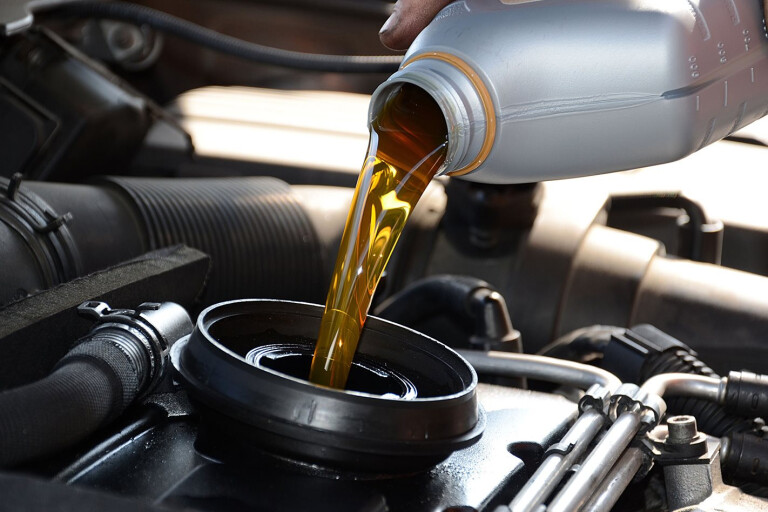
Engine oil is one of the fundamental products needed to run your car, as it lubricates the engine to prevent the pistons seizing or exploding.
But as the old Castrol ad used to say “oils ain’t oils”, so it pays to know which is right for your car whenever the dipstick shows a low oil level and you have to top up on the run.
TYPES OF ENGINE OIL
First it’s handy to understand that there are different kinds of oils suited to specific types of vehicle engines. These include:
- Conventional oil: Also known as mineral motor oils, this is the stuff that comes out the ground and has been refined to a range of viscosity grades (see below) and quality levels. This is recommended for common engine designs and regular driving styles.
- Synthetic Oil: Synthetic motor oil starts off as mineral oil but has gone through a chemically engineered process to give the oil molecules a more uniform shape with fewer impurities and better properties. It has better extreme high temperature and low temperature performance making it more suitable for modern high-performance cars.
- Synthetic Blend Oil: This is a mixture of synthetic and conventional base oils. It resists engine oxidation better than conventional oil and also performs better at low and high temperatures and under heavy loads, which makes it a good choice for large vehicles such as 4WDs.
- High Mileage Oil: This is specially formulated for vehicles with more than 120,000kms on the clock and has additives that help reduce oil burn-off and prevent leaks.
VISCOSITY
Viscosity is the thickness of the oil, or more specifically, it’s resistance to flow. Engine oil viscosity is part of the oil grading, along with the oil type. The lower the viscosity the thinner, or less resistant it is to flow, meaning it will flow into the engine sooner in lower temperatures.
VISCOSITY RATING
You can tell a particular oil’s viscosity by its rating, which is marked on the container. It looks something like 10W-30.
This is the SAE (Society of Automotive Engineers) viscosity rating which specifies multi-grade oils that are thinner when cold to circulate quicker when the engine starts up while maintaining a suitable viscosity when hot for engine protection.
The numbers are the viscosity when cold and hot. More specifically, the figure before the W represents the oil’s flow at -17.8 degrees Celsius and the number after the W shows how it flows at 100 degrees Celsius.
The numbers range from 0-50, so the 5W-30 is excellent for colder temperatures while providing good protection when things heat up. Of course, the cold rating isn’t as important here as it is in the northern hemisphere.
Sometimes you’ll see oil just rated as, for example, SAE30, which is a mono-grading based on viscosity at 100C. These are designed for older engines with oil specifications reached before multi-grade oils were available. Such cars can use multi-grade oils although it’s a good idea to confirm which of these is best with the car maker, lubricant manufacturer or someone familiar with the model.
KNOWING WHICH OIL IS BEST FOR YOUR CAR
These numbers, along with the type of oil (conventional or synthetic) go a long way to helping you select what oil you need based on factors such as engine type, the type of driving you do, distance travelled, and the average temperature range in which your car operates.
To make things easier, your car’s manufacturer specifies the correct oil for its engine in the handbook. If that isn’t handy you can find that information at lubricant manufacturer websites or suppliers.
COMMENTS